The group "Wetting" was previously settled in the Laboratoire de Physique de la matière condensée headed by Pierre-Gilles de Gennes in the Collège de France. We are now part of the "wetting and phase transitions group" of the LPS (Laboratoire de Physique Statistique), ENS.
We are interested in physical problems involving contact line mobility and stability of thin films. We investigate complex systems with liquid crystals, surfactants. Recently, two mains subjects have been investigated more deeply :
- Evaporation of wetting droplets
- Stability and wetting of thin films of liquid crystals on solid and liquid substrates.

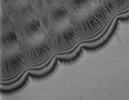
1 2

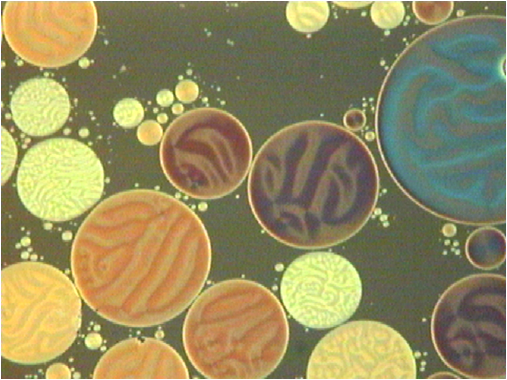
3 4

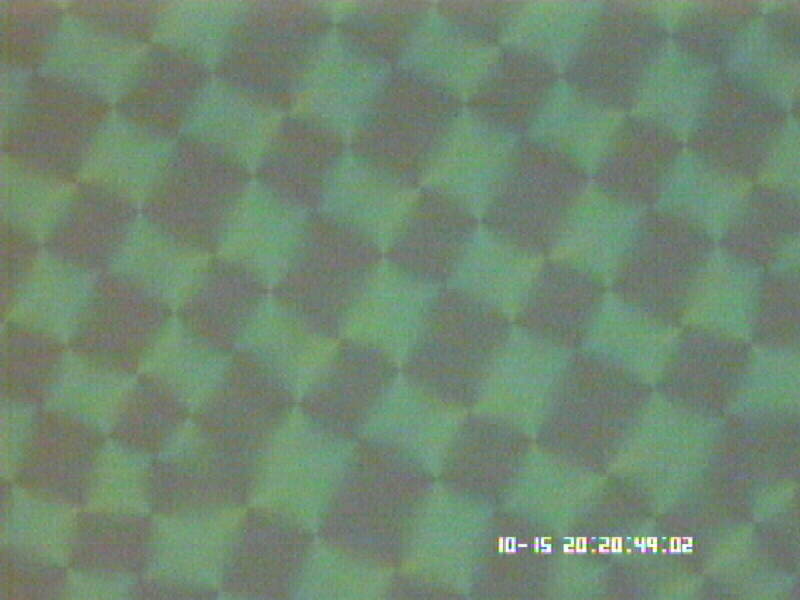
5 6
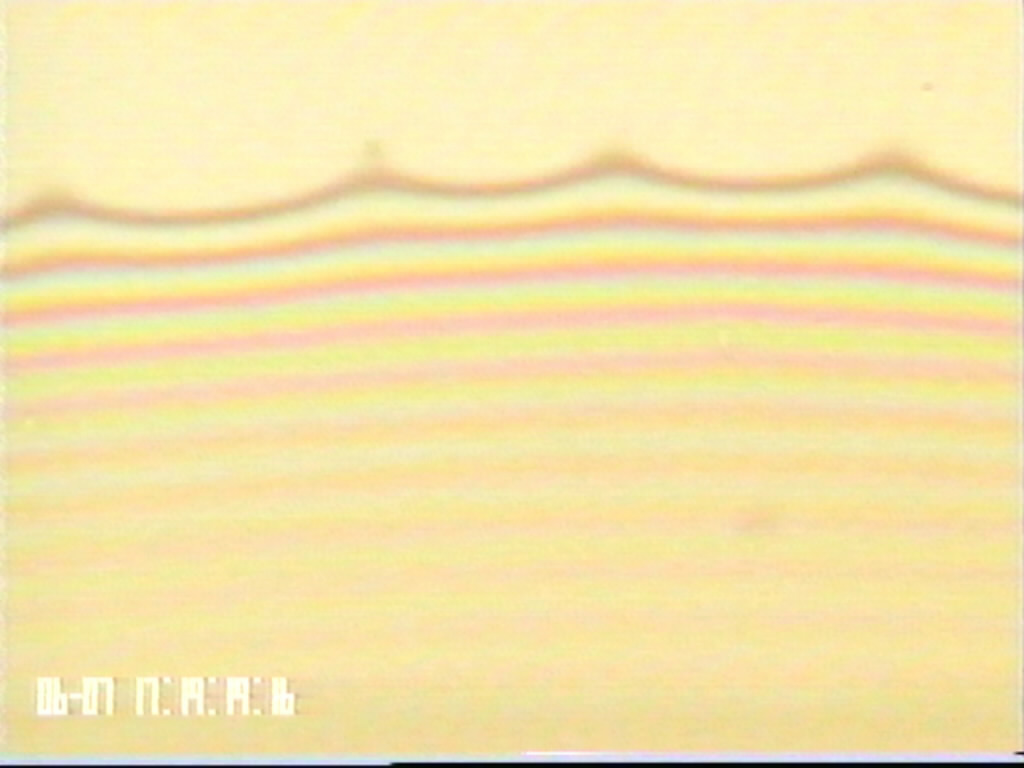

7 8
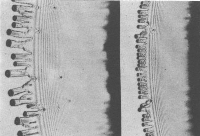
9
Now, we want to consider the dynamics, i.e., the spontaneous spreading of fluids, or the advancing or receding motion of the moving contact line in more complex systems. We have in mind liquid crystals, surfactant solutions and thin films, and volatile liquids. This dynamics can be complemented with interfacial instabilities, sometimes but not always localized at the moving contact line.
During the last years, experiments have revealed new features and new phenomena :
-
First, recent experiments on liquid crystal spreading in the nematic
phase with antagonist
anchoring at the interfaces show an anomalous spreading dynamics, together with a strong distortion
of the profile in the micrometric range of thickness. On hydrophilic substrates, instabilities are
observed, located or not at the contact line.
anchoring at the interfaces show an anomalous spreading dynamics, together with a strong distortion
of the profile in the micrometric range of thickness. On hydrophilic substrates, instabilities are
observed, located or not at the contact line.
-
In the case of surfactant solutions, the very rich phenomenology which
is observed
experimentally is poorly described by the existing theories and a close contact between theory and
experiment is necessary to make improvement in the understanding.
experimentally is poorly described by the existing theories and a close contact between theory and
experiment is necessary to make improvement in the understanding.
-
More recently, we got interested into the dynamics of
spreading-retraction of droplets made of
a wetting, volatile liquid. The model available at the present time accounts for the dynamics of the
smallest drops, but the description of the interface profile close to the contact line requires
refinement. Transient contact line instabilities are observed which need a specific analysis.
a wetting, volatile liquid. The model available at the present time accounts for the dynamics of the
smallest drops, but the description of the interface profile close to the contact line requires
refinement. Transient contact line instabilities are observed which need a specific analysis.
